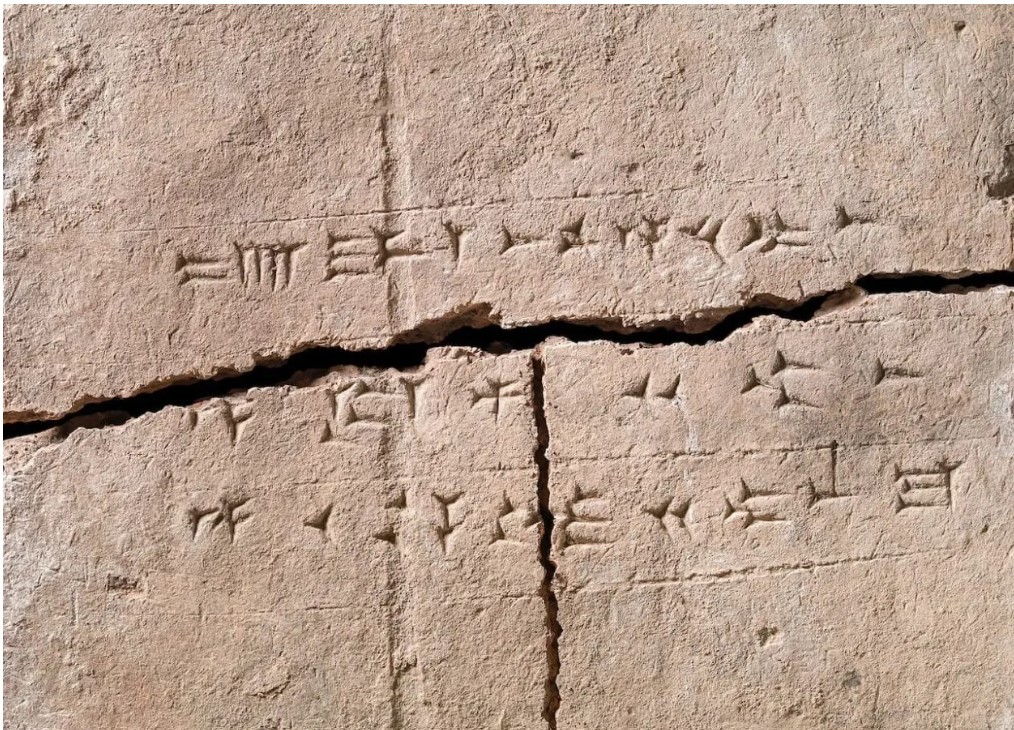Incredible Discovery: Atlantean-Style Sculpture Unearthed in Chichén Itzá’s Archaeological Zone
Archaeologists from the National Institute of Anthropology and History (INAH) have made a remarkable discovery while conducting surveys for a new road within the historic Chichén Itzá archaeological site. Chichén Itzá, a prominent Maya city, thrived in Mexico’s Yucatan region during the Late Classic and Terminal Classic periods. This sprawling site, covering approximately 4 square miles, is believed to have been home to around 35,000 inhabitants at its zenith.
One intriguing aspect of Chichén Itzá’s history is the Cult of the Cenote, a tradition that involved offering human sacrifices to Chaac, the rain god. As part of this ritual, individuals were cast into the city’s primary cenote, located in the northernmost section of the site. Alongside these sacrifices, precious items such as gold, jade ornaments, and various treasures were also deposited.
The recent announcement highlights that during their efforts related to the Mayan Train project, archaeologists stumbled upon an Atlantean-style sculpture within a Maya residential complex.
Atlantean-style sculptures are anthropomorphic statues, reminiscent of similar discoveries at the Temple of Warriors in Chichén Itzá. This newly found Atlantean-style sculpture portrays a male figure with both arms raised, clutching an object. Researchers estimate its height at 90 centimeters and believe it was likely part of a ceremonial altar.
It’s worth noting that Atlantean figures have been discovered in other pre-Columbian Mesoamerican cultures as well. The Toltec culture, for instance, erected large statues of Toltec warriors, while Atlantean figures have also been found in the Aztec capital of Tenochtitlan.
This latest find adds another layer of intrigue to the rich history of Chichén Itzá and further demonstrates the intricate connections between Mesoamerican civilizations and their artistic expressions.




